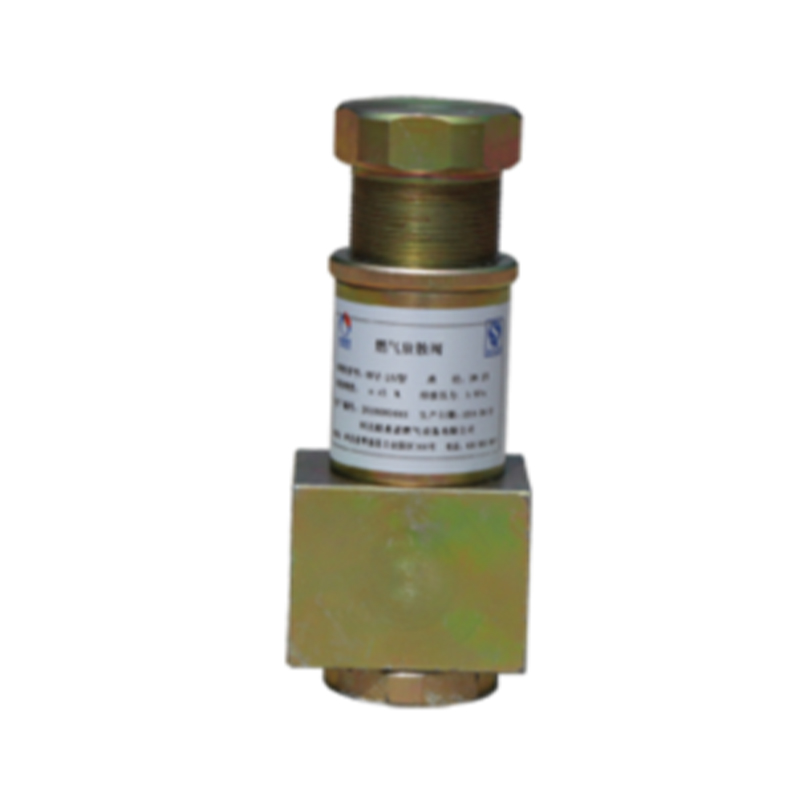
Dec . 22, 2024 19:25
Back to list
معدات غاز البترول المسال
The Importance of Liquefied Petroleum Gas Equipment
Liquefied Petroleum Gas (LPG) is a versatile and widely used fuel source across the globe. Commonly referred to as propane or butane, LPG is significant not only for its use in heating, cooking, and powering vehicles but also for industrial applications. The equipment that handles LPG is crucial for its safe and efficient usage. This article aims to explore the various types of LPG equipment, their applications, and the importance of safety measures associated with them.
Types of LPG Equipment
1. Storage Tanks These are crucial for holding LPG before it is transported or used. Storage tanks can be above-ground or underground and must be constructed from materials that can withstand pressure. The design and construction of these tanks must adhere to strict safety standards to prevent leaks and ruptures.
2. Cylinders LPG is often stored in portable cylinders, making it convenient for residential and commercial use. These cylinders are designed for safe storage and transport of LPG and are equipped with safety valves to prevent over-pressurization.
3. Gas Regulators Regulators play an important role in controlling the pressure of LPG as it flows from storage tanks or cylinders to various applications. They ensure that the gas is delivered at a safe and usable pressure, adjusting automatically to fluctuations in supply pressure or demand.
.
5. Burners and Heaters These devices utilize LPG for cooking or heating. Modern burners are designed for efficiency, maximizing the energy output while minimizing gas consumption. They come equipped with safety features such as flame failure devices.
معدات غاز البترول المسال

6. Pressure Vessels Pressure vessels are designed to store gas at high pressures. They must be constructed from specialized materials and undergo rigorous testing to ensure they can handle the gas under different environmental conditions.
7. Monitoring Systems Advanced monitoring systems are increasingly being integrated into LPG equipment to continuously track pressure, temperature, and gas flow. These systems can alert operators of any anomalies, enabling prompt action to prevent accidents.
Safety Measures
Safety is paramount when dealing with LPG equipment due to the flammable nature of the gas. Proper training for personnel handling the equipment is essential to minimize risk. Regular inspection and maintenance of all equipment are necessary to ensure functionality and safety. This includes checking for leaks, ensuring proper valve operation, and monitoring equipment wear and tear.
Furthermore, adhering to regulatory standards from organizations such as the National Fire Protection Association (NFPA) and local governmental bodies helps establish best practices for the safe handling and use of LPG. Installing gas detectors and alarms can provide an additional layer of safety, alerting users to gas leaks before they result in hazardous situations.
Conclusion
The role of LPG equipment in modern society cannot be understated. Its efficiency and versatility make it a favored choice for many applications, from residential cooking to industrial processes. However, this comes with an inherent responsibility to ensure that equipment is properly managed, maintained, and operated. By ensuring that safety measures are in place and adhering to best practices, we can harness the benefits of LPG while mitigating risks associated with its use. As demand for clean energy sources continues to rise, the importance of reliable and safe LPG equipment will only grow.
Latest news
-
Safety Valve Spring-Loaded Design Overpressure ProtectionNewsJul.25,2025
-
Precision Voltage Regulator AC5 Accuracy Grade PerformanceNewsJul.25,2025
-
Natural Gas Pressure Regulating Skid Industrial Pipeline ApplicationsNewsJul.25,2025
-
Natural Gas Filter Stainless Steel Mesh Element DesignNewsJul.25,2025
-
Gas Pressure Regulator Valve Direct-Acting Spring-Loaded DesignNewsJul.25,2025
-
Decompression Equipment Multi-Stage Heat Exchange System DesignNewsJul.25,2025

